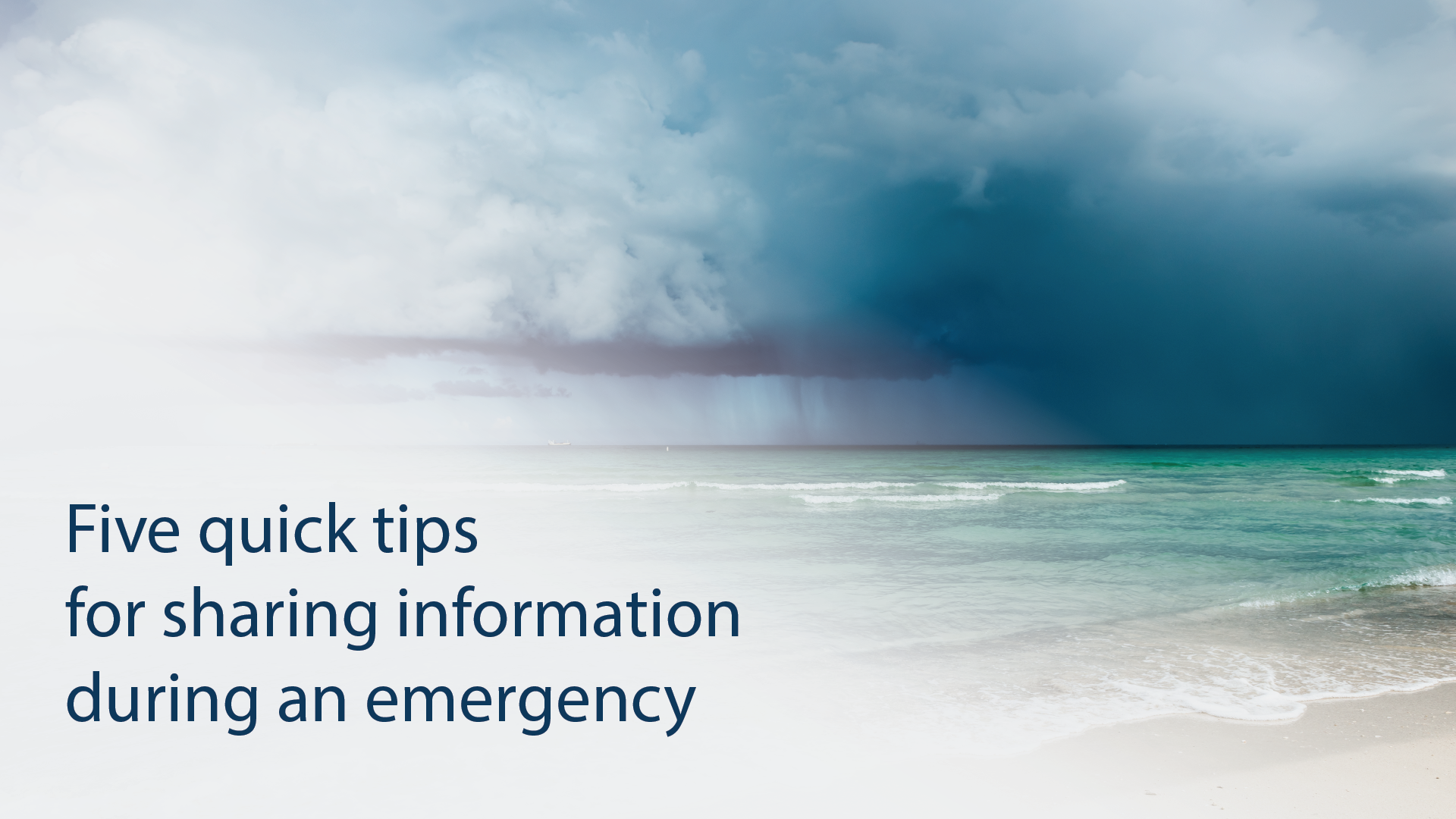Here are some key things I've learned while leading the outreach team — from sprint lengths and editorial calendars, to meeting overload and how to learn to lead more effectively.
Testing Sprint Lengths to Find an Ideal Pace
Our team manages projects based on a Kanban methodology and we use Trello to track tasks. We used to work in two-week sprints, which was the time period recommended by an agile methodology we, as well as our content team, use. However we realized we weren’t always accounting for scope creep, competing asks, or even planning our time realistically, so we moved to a three-week cycle with one "rest week" for operations, management work, and retrospectives. We’re hoping this will help us iterate, reflect, and make better data driven decisions.
Editorial Calendars as Sanity Checks
We allow for changes to our editorial calendar, even if they're last minute. Anticipating projects or campaigns we might have coming up is a great way to stay organized and, while we are a flexible team, this also keeps us honest about the plans we have.
Roadmaps and Strategy Docs as North Stars
What editorial calendars don't do is tie in the why. For us, strategy plans fill that void by providing a direction for the team's overall goals and objectives. They’re a bit like our own Constitution in terms of defining what the team does, what the established priorities are, and where we’re heading in the coming months, and even years.
Our latest Roadmap is, in many ways, crowdsourced. Much of this strategy came from our team's offsite (where we conducted a SWOT analysis), our program team’s offsite, our organization’s strategic priorities, and lessons we’ve learned.
Making Meetings Count
We’ve reduced the number of meetings we have. While our small team of six gathers often to talk through a project, event, or campaign, we realized that some of our scheduled meetings were duplicative, and smaller meetings between two or three people often worked better.
Currently, we have planning meetings every three weeks, regroups on editorial calendar strategizing once a month, and we’re all aware we may need to quickly come together when something critical is happening. We’re also experimenting with ways to make our meetings more focused, interesting, and productive.
Be Human, Organize Around People and Values
No one should lead solely by trial and error, and making a concerted effort to be open to learning is essential. Reading about leadership best practices, taking trainings, and getting a coach proved to be the most valuable tools for me. I'm also looking forward to feedback from a 360 review I recently asked peers, my team, and supervisors to complete.
Finally, accountability is important for both leaders and teams, and I’m constantly working with my team to optimize our workflows and improve our products and services delivery.




_v003.png)